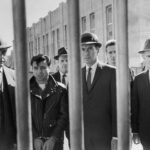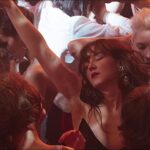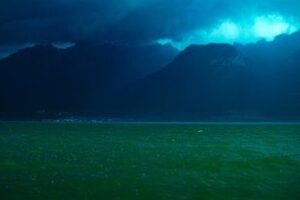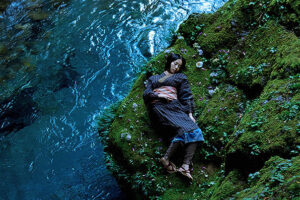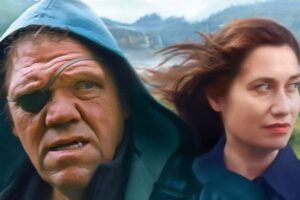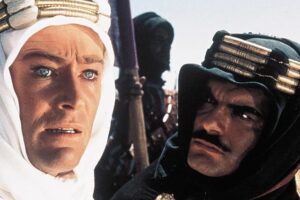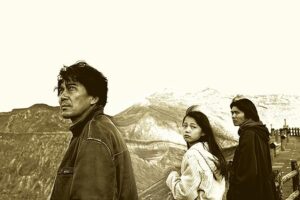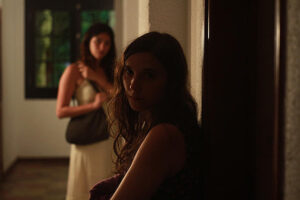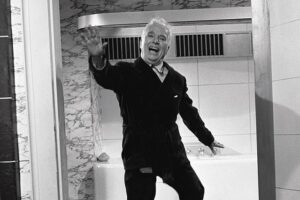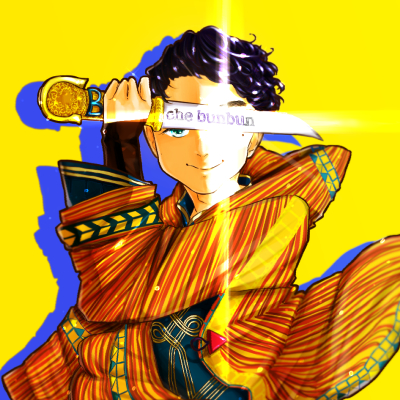湿地(1971)
SWAMP
監督:ナンシー・ホルト、ロバート・スミッソン
評価:50点
おはようございます、チェ・ブンブンです。
東京近代美術館の「フェミニズムと映像表現」にてランド・アート作家ナンシー・ホルトとロバート・スミッソンの合作『湿地』が観られるとのことで足を運んで観た。『スパイラル・ジェティ』が傑作だったので期待していたのだが、少しイマイチであった。
『湿地』概要
Swamp is a collaborative artwork by Nancy Holt and Robert Smithson, shot in the swamplands of New Jersey. Both artists grew up in New Jersey and throughout their work they return to the New Jersey swamps and the Pine Barrens.
This 16mm film explores the mechanics of seeing through site, core concerns of both Holt and Smithson. Looking through the viewfinder of a Bolex camera focused in tight close-up, Holt attempts to walk through the landscape—her field of vision through the camera too narrow for steady progress. The view through the camera is overwhelmed by detail of cattails and grasses. A visceral, chaotic journey unfolds as the artists confront a dense maze of plant life, struggling with the limitations of their own perception, and for the failure of technology to stand in for vision. The visual element shows exactly what Holt sees: a mass of vegetation.
The audio comprises the sounds of the couple moving through reeds, the wind blowing, the camera clicking, and Smithson giving verbal directions as he tries to see for Holt. Throughout his writings and artworks, Smithson critiqued reliance on vision for objective knowledge, pointing to blind spots and distortions. “Just walk in a straight line” Smithson advises. “Straight into that clump. It’s OK, Nan. You’re on fairly solid ground. Straight in. Just go right in. Go straight in over that way. Turn to your right. Your right. In, into, that clump right there. Directly in. It’s okay. Go ahead.” Holt’s vision is partial and distorted as she responds to Smithson’s advice: “so much of this is out of focus.”
In an interview with the painter and writer Gregoire Muller in 1971, Smithson described Swamp as being concerned with “deliberate obstructions or calculated aimlessness.” Reflecting on Swamp some twenty years later, Holt noted that the film “deals with limitations of perception through the camera eye as Bob and I struggled through a muddy New Jersey swamp. Verbal direction cannot easily be followed. As the reeds crash against the camera lens blocking vision and forming continuously shifting patterns, confusion ensues.”
訳:沼地は、ナンシー・ホルトとロバート・スミスソンが共同で制作した作品で、ニュージャージー州の沼地で撮影されたものです。2 人のアーティストはニュージャージー州で育ち、作品を通してニュージャージー州の沼地とパイン・バレンズに戻っています。この 16mm フィルムは、ホルトとスミスソンの両者の中心的な関心事である、光景を通して見るというメカニズムを探求しています。クローズアップで焦点を合わせたボレックス カメラのファインダーを覗きながら、ホルトは風景の中を歩こうとしますが、カメラを通した彼女の視野は、着実に進むには狭すぎます。カメラを通した視界は、ガマや草の細部に圧倒されます。アーティストたちが密集した植物の迷路に立ち向かい、自分たちの知覚の限界と、視覚の代わりになる技術の失敗に苦闘する中で、直感的で混沌とした旅が展開されます。視覚的要素は、ホルトが見ているもの、つまり大量の植物を示しています。
音声には、葦の間を歩くカップルの音、風が吹く音、カメラのシャッター音、そしてスミスソンがホルトに見せようとしながら口頭で指示を出す音が含まれている。スミスソンは著作や作品を通じて、客観的な知識を得るために視覚に頼ることを批判し、盲点や歪みを指摘した。「まっすぐに歩いてください」とスミスソンはアドバイスする。「あの茂みにまっすぐ入って。大丈夫だよ、ナン。あなたはかなりしっかりした地面の上にいる。まっすぐ入って。そのまま入って。あっちの方向にまっすぐ入って。右に曲がって。右。入って、そこの茂みに。まっすぐ入って。大丈夫。どうぞ。」ホルトの視界は部分的で歪んでいるが、スミスソンのアドバイスに彼女はこう答えた。「この部分はほとんど焦点が合っていません。」
1971年に画家で作家のグレゴワール・ミュラーとのインタビューで、スミスソンはスワンプは「意図的な障害物や計算された目的のなさ」に関係していると説明した。約20年後に『スワンプ』を振り返り、ホルトはこの映画について「ボブと私がニュージャージーのぬかるんだ沼地を苦労しながら進む中で、カメラの目を通して知覚できる限界を扱っている。言葉による指示には簡単には従えない。葦がカメラのレンズにぶつかって視界を遮り、絶えず変化する模様を形成するので、混乱が生じる」と述べている。
※SMITHON FOUNDATIONより引用
スミッソンのラジコン操作
スミッソンがホルトに対して「まっすぐに進んでください」と湿地を進ませる。カメラ自体にはホルトもスミッソンも映ってないがフレームの外側でラジコン操作が行われていることがわかる。展示の説明によれば支持する者/される者のパワーバランスの違いとフェミニズムが関連していると書かれていたが、あまりそのニュアンスを汲み取ることができず、目的のない、出口が見えない場所を探索するだけの作品に思えてしまい、また隣のブースで上映されていた出光真子の作品が凄まじかったこともあり肩透かしを食らった。




